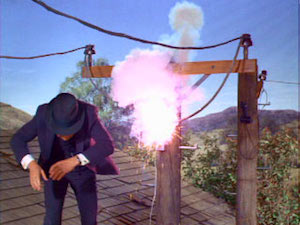
Press 1 to pay your bill. If you’re having a heart attack, stay on the line and a representative will be with you shortly.
When broadband or phone service goes down in rural California, the last people to know are often the dispatchers at emergency 911 centers. When they do figure it out, there’s not much they can do about it except hope for the best. Such notification requirements that exist have thresholds that are set with urban areas in mind – hundreds of thousands of households, for example – and can leave rural communities in a telecoms black hole for hours or days on end.
A proposed law pending in Sacramento would address part of that problem. As currently drafted, senate bill 566, authored by senator Mike McGuire (D – Healdsburg) would do two important things. It would require companies that provide 911 dial-in access – telcos as well as cable and VoIP companies – to notify the state office emergency services within an hour when rural lines go down, and provide direct contact with real humans while repairs are underway. OES would then be responsible for keeping local public safety agencies and 911 centers informed.
Under current practices, cable and telephone companies can send emergency operators into the same toll free, customer service hell as everyone else. You can guess how well that works, but if you want the gory details, you can take a look at the results of last year’s investigation into rural call completion issues by the California Public Utilities Commission. The end result of that proceeding was new requirements that go some way toward fixing the problem, but only so far. Even that, though, was too much for telecoms companies, who have launched an all out legal challenge to the new standards.
McGuire’s bill simplifies those rules – when service goes down, call 911 and stay on the case, period – and, more importantly, bakes them into law, rather than leave the details up to a CPUC that is, at times, happy to let telcos do as they please. SB 566 has a long way to go until – or if – it’s passed and signed by the governor. It’s currently awaiting its first hearing, in front of the state senate energy, utilities and communications committee.
